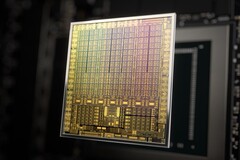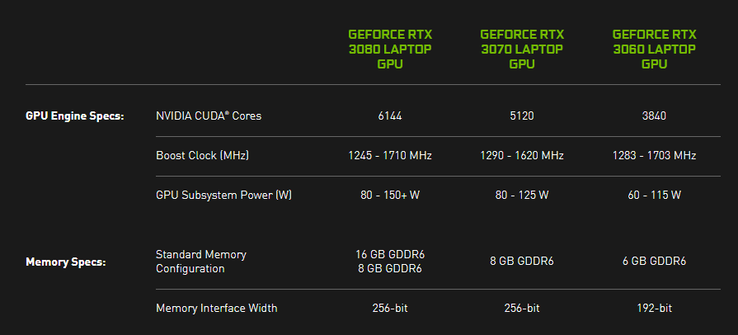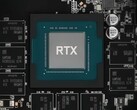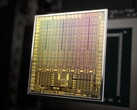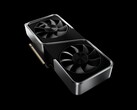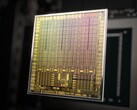NVIDIA announced the Ampere mobile lineup at CES 2021 and said that RTX 30 series mobile GPUs will bring third generation Max-Q features such as Dynamic Boost 2.0 and WhisperMode 2.0.
When we published our exclusive first benchmarks of RTX 30 Mobile, one pertinent question among many of our readers was whether these GPUs in pre-sample notebooks were Max-Q or Max-P. Even when OEMs announced their RTX 30 Mobile-based offerings at CES, the specs sheets didn't specifically mention the variant of the GPU used.
We now know the reason why.
Almost every Turing Mobile GPU came in both Max-P (normal spec) and Max-Q (power-limited) versions with the latter helping OEMs design thin and light laptops with better battery life. All that changes with Ampere Mobile.
No longer will NVIDIA or OEMs mention whether a particular Ampere Mobile GPU is Max-Q or Max-P. In fact, NVIDIA tells us that every Ampere Mobile part can offer third gen Max-Q features.
A look at the official specifications tells us how OEMs can possibly configure these GPUs.
For instance, the flagship RTX 3080 "Laptop GPU", as NVIDIA would like to call it, offers a configurable TGP ranging from 80 W to 150+ W. The RTX 3070 Mobile offers an 80 W to 125 W range while the RTX 3060 Mobile can be tuned between 60 W and 115 W. These TGP ranges correspond to actual clocks. The RTX 3080 Mobile, for example, can offer up to 37% increased clocks at the higher-end of the TDP range compared to the base 80 W variant.
What this means is that a 115 W RTX 3060 Mobile can potentially outperform an 80 W RTX 3080 Mobile depending on the given workload. The lack of explicit power details in the laptop specs can potentially complicate matters for the end user, who would generally assume that mention of an RTX 3080 Mobile automatically implies higher performance.
We also get to learn that implementing Max-Q features will be at the OEM's discretion. If say, the GPU is already at the lower end of the TDP range like an RTX 3060 Mobile 60 W, for example, the OEM can choose not to implement Dynamic Boost 2.0. Instead, they can offer it for a higher TDP variant. The problem here is that there is no way for end-users to know how their prospective purchase is limited by merely glancing at the spec sheet.
Not so long ago, we ranted about how Intel's Tiger Lake numbering can be misleading, especially when there's a possibility for maxed-out lower-end chips to outperform higher-end SKUs in a similar TDP envelope.
With NVIDIA also going the same route, it becomes all the more imperative for customers to invest time in good research to avoid buyer's remorse. They will have to depend on detailed reviews that explicitly mention TGPs and power draws for a given SKU in order to make an informed decision.
As always, Notebookcheck will ensure all such details are clearly indicated in our reviews of upcoming Ampere Mobile-based devices.
Source(s)
Own




